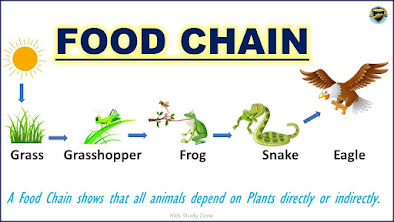The Muslim invasion: AL-ANDALUS
https://ttsreader.com/es/
In the 8th century, the Iberian Peninsula was invaded by Muslims. Soon they created one of the most advanced societies in Europe.
The Visigoths were defeated in the Battle of Guadalete and in just a few years Muslims conquered most of the Iberian Peninsula and the Balearic Islands.
The only remaining Christian territory was in the north of the peninsula. The Muslims called their conquered territory Al-Andalus.
At first, Al-Andalus was a province that depended on Damascus, but later became independent. Abd al-Rahman III established the Caliphate of Córdoba. He was the first caliph and the greatest ruler of Al-Andalus.
Economy and society
Al-Andalus society consisted of three religious groups: Muslims, Christians and Jews. Most people in Al-Andalus lived in walled towns and cities. Their main activities were crafts and trade.
Craftspeople lived in the medina, and the the zoco was the market place. People prayed in the mezquita. Inside the city walls, there was usually a fort called an alcazaba and a fortified palace called an alcázar. The cities were surrounded by fields where farmers grew cereals, olives and grapes.
The legacy of Al-Andalus
The Muslims gave a lot to Spain. Perhaps the most important contribution from the people of Al-Andalus was their knowledge. They were responsible for great advances in medicine, astronomy and mathematics. They introduced paper, the compass and Arabic numerals, revolutionary due to its inclusion of the number zero. They also built libraries and universities and developed new methods of irrigation and introduced new crops, such as rice, oranges and aubergines.
By Social Science ByMe MacmillanIberica S.A.















